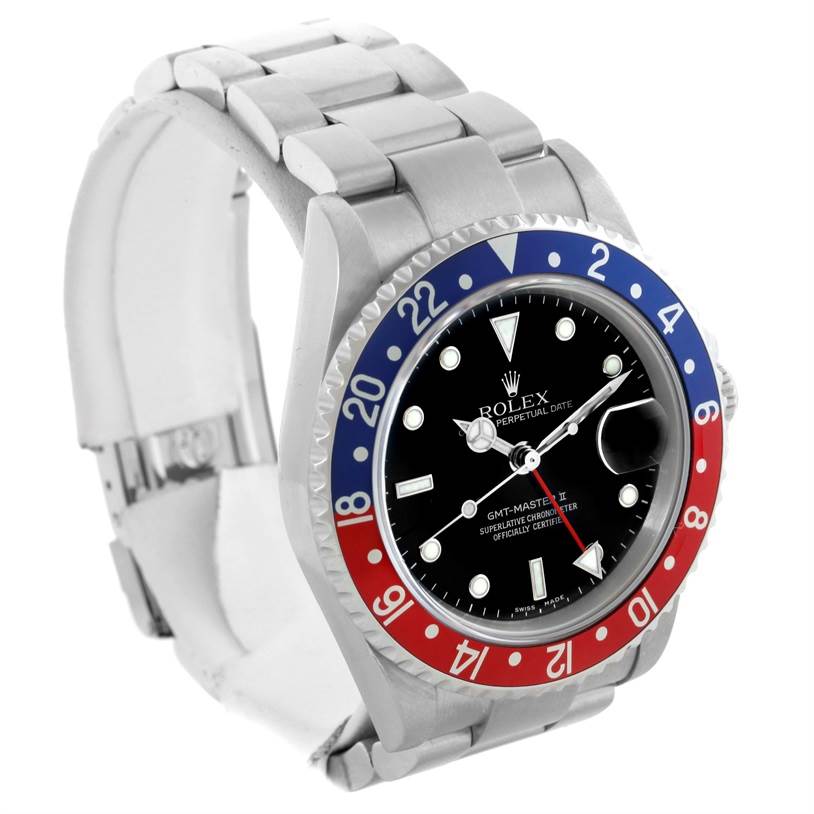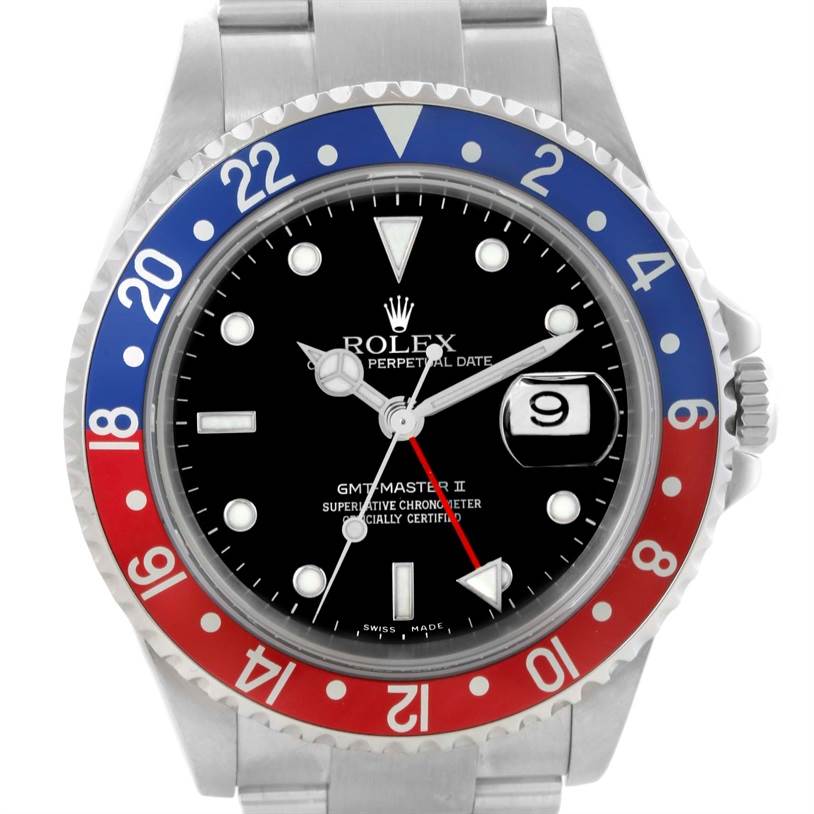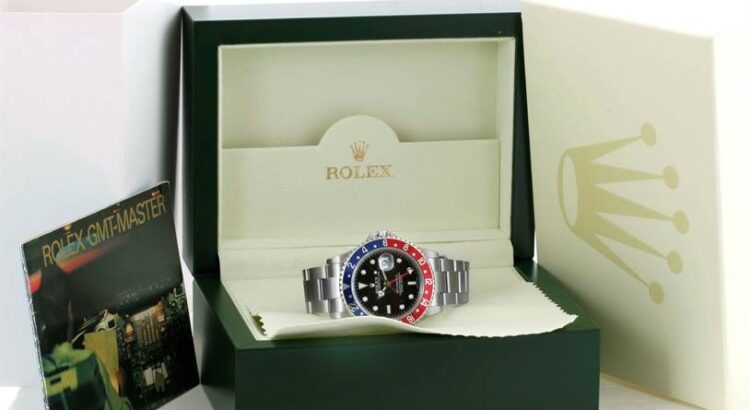I love hearing about other people’s watch choices, but it’s not just about the outcome. How and why a person buys a particular watch is often much more interesting. It leads to a different perspective on how people make choices, and being either a speculator or a design freak has a big impact. Of course, there’s more to buying a watch than simply weighing specs or design, but most replica watch aficionados do favor one or the other. As a design enthusiast, my main attraction to a watch is its looks. While specs are important, they will never outweigh the visual aspect. But some people do put specs first. 
I’ve walked among watch enthusiasts for the past 20 years and am still fascinated by people who put specs first. Our next purchase is based on the same points – the brand, the design, the movement, the specifications and the price. However, the way we prioritize them can be very different. For me, the type of watch – diver, GMT, etc. – is a big guide to my next purchase. However, once I decide which type of watch I want to buy, the more important pursuit is finding one I like the look of. For me, specs are secondary to price, and the price is often an important part of creating context, especially when talking about specs.
But that watch – and any discussion of GMTs in general – leads to a lively discussion about the importance of the “Caller” GMT vs. the “Aviator” GMT, which brings us to the other end of the spectrum. At heart, the mechanical watch, despite the great emotions that accompany it, is still a technical product. Every year, we see new technical marvels that show the human light behind the copy watches we love.
The degree to which you prioritize specs is very personal, but I am often intrigued by watch aficionados who consider specs to be the most important factor in buying a watch. While specs can play a big role in choosing a watch, their importance to your lifestyle can be highly exaggerated. As Thomas van Straaten explains perfectly in his article, we are often blinded by specifications, especially since most of us never test the limits of our watches in our daily lives.

